- Service design concept for research on mobility and logistics for indigenous communities in the Western Indian tribal belt
- Light electric mobility services to support small land holding agrarian producers
- Aesthetics of technology transfer and concerns for designing with gender
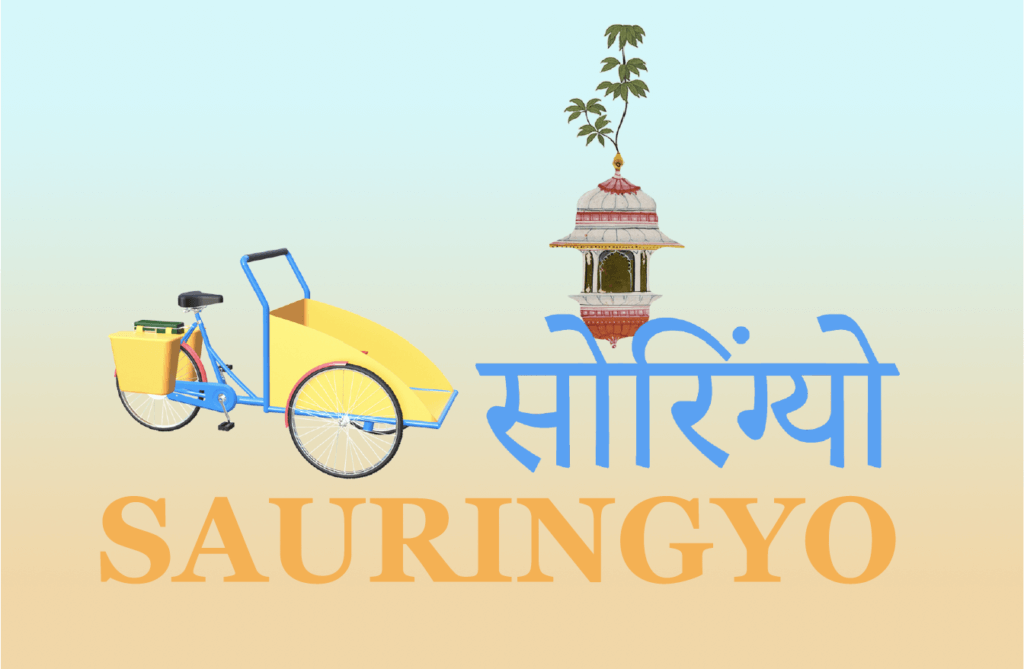
Project Sauringyo, is a design-led-inquiry on systems of light electric mobility and its charging infrastructure with solar energy. Starting with a concept developing question, of how aesthetics can get ‘engineered’ through technology transfer for mobility systems, the project has gathered particular focus on the entangling of gender and dignity that arise when designing charging infrastructure for light electric mobility in deep tribal and rural contexts of the Global South. These issues emerged based on a two step design process. First through concept design and then using those concepts when undertaking field work at Ankhali village and other settlements around the town of Devgarh Baria in the tribal belt of South East Gujarat in India. After the framing and scoping phase this project is currently in the waiting for further field based development.
The settlement patterns of the Indian tribal belt have a peculiar form unlike typical Indian villages. The tribal communities are sparsely distributed with homes organically clustered around small agrarian land holdings (1-5 acres). This is also evident at Ankhali village and other settlements around the town of Devgarh Baria in South East Gujarat, where Sauringyo project’s collaborators from the tribal community live.
In these parts there occur weekly markets called haats in different small villages. Each village would host a haat on different days of the week. It is in these haats that the small land holding agrarian families travel to daily, from one village to another to sell their freshly grown produce. Two wheelers, auto-rickshaws and public transport are common modes to transport the produce to be sold.
Map of locations of the weekly haats in Eastern Gujarat
The map above marks 182 locations of the weekly haats in tribal belt of Eastern Gujarat. Click on the map’s top bar icon on the left to access more details and data source of the map.
As a project seeking to continue further with experiments and trials, here are some field photos and concept visuals with supportive questions that are yet to be answered.
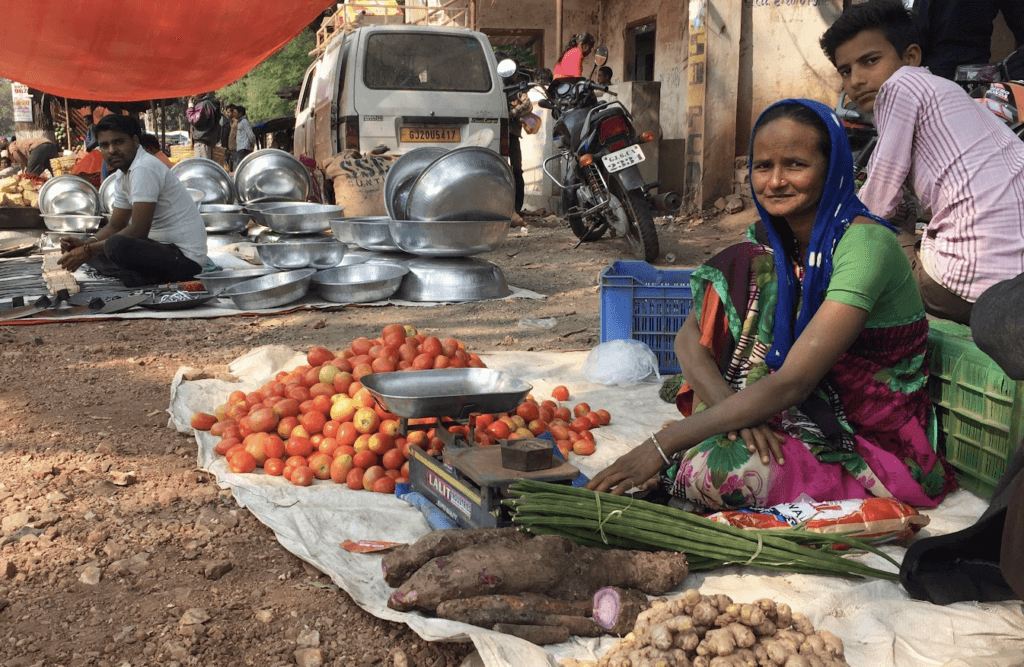
How could new light electric mobility services support small agrarian producers to sell their produce in the haats more effectively?

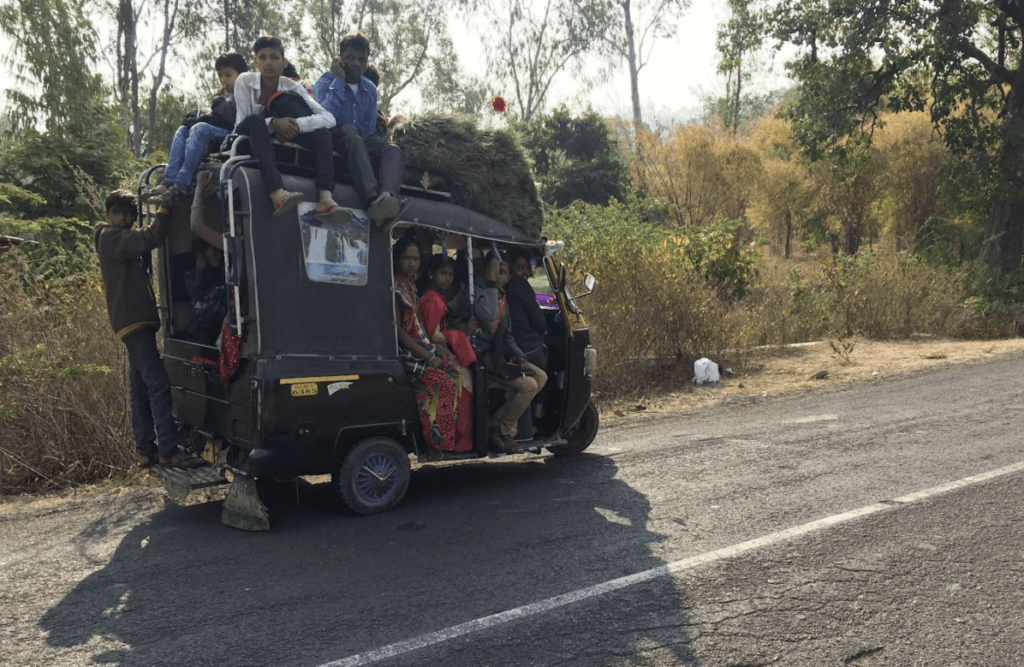
How can new electric mobility systems using renewable energy sources be collaboratively integrated into the existing networks of haats?

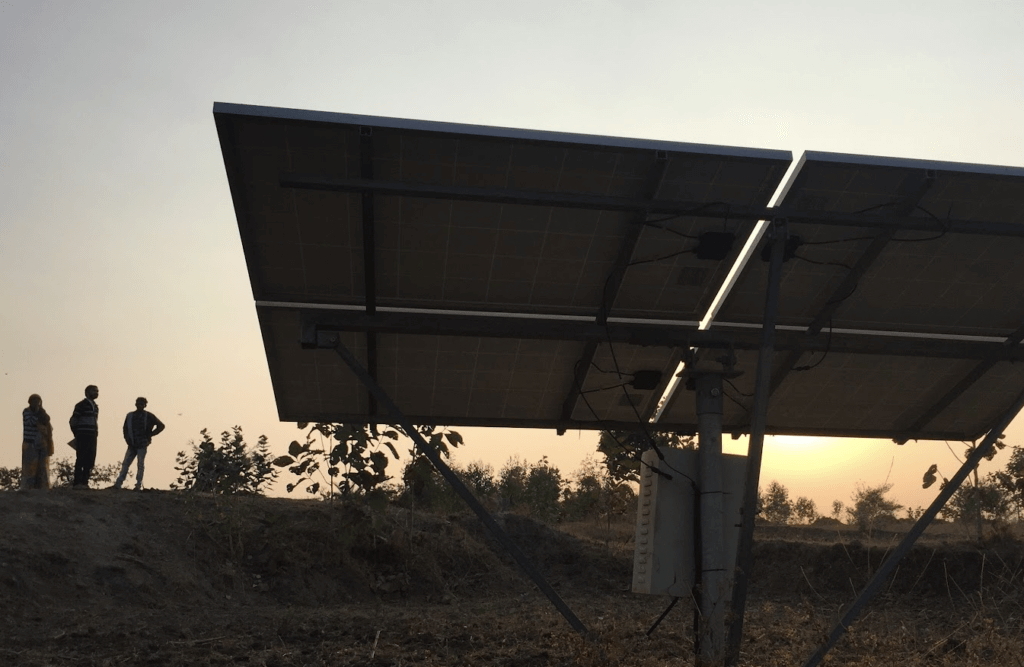
Can the charging infrastructure for light electric mobility be integrated with the haat marketplaces?
What can we learn about new forms of ownership in logistics management for light electric mobility and its charging infrastructure to distribute local produce in these weekly markets?
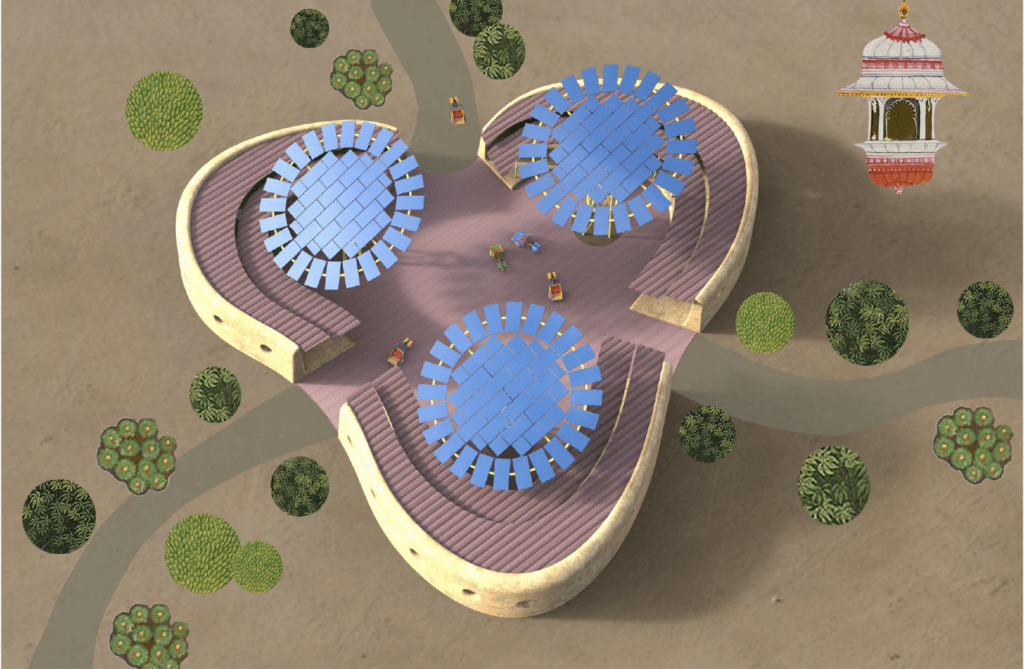
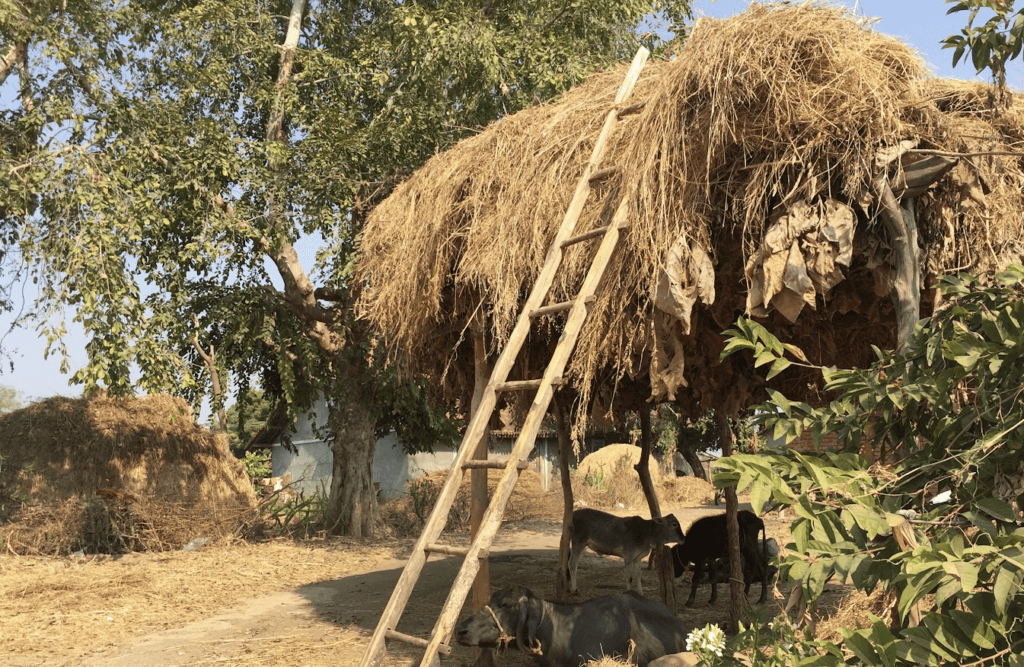
What new services could be further integrated into such a infrastructure? What gender related issues and concerns could emerge from such a proposal?

Design and Research Lead: Karthikeya Acharya
CAD Modelling and Graphics: Amarnath Shaw and Karthikeya Acharya
Project Collaborators in Gujarat: Grassroots Innovation Augmentation Network (GIAN)
Field work support: Alzubair Sayed, GIAN
Project Support: Prof. Anil K. Gupta, GIAN and Prof. Peter Gall Krogh, Aarhus University
Project Industry Interest: Promovec, Aarhus
Acknowledgement: The seed for the concept development of this project is from the period during my visiting research stay with Fortum at the CTO. Although the project received positive feedback, the response that was interpreted from a utility company dealing with large scale renewable energy projects was that it was more feasible to invest in charging infrastructure catering to larger energy loads like electric cars than lighter loads, particularly when looking at the rate of return of investment.